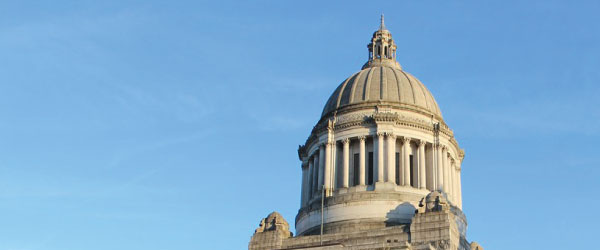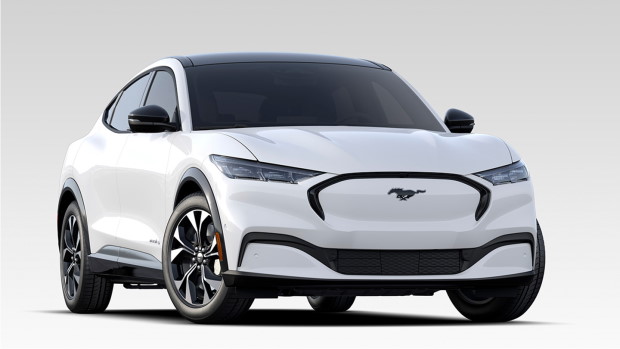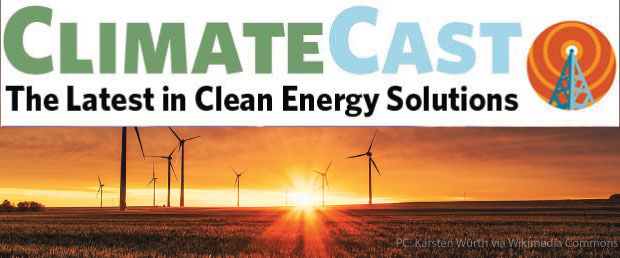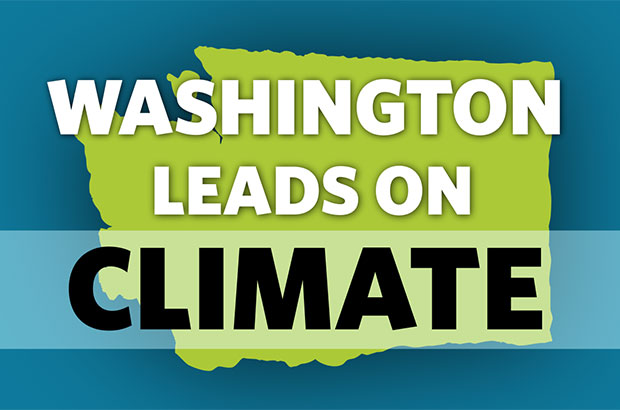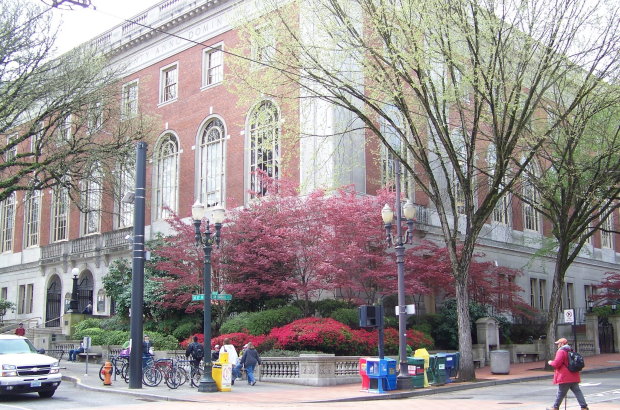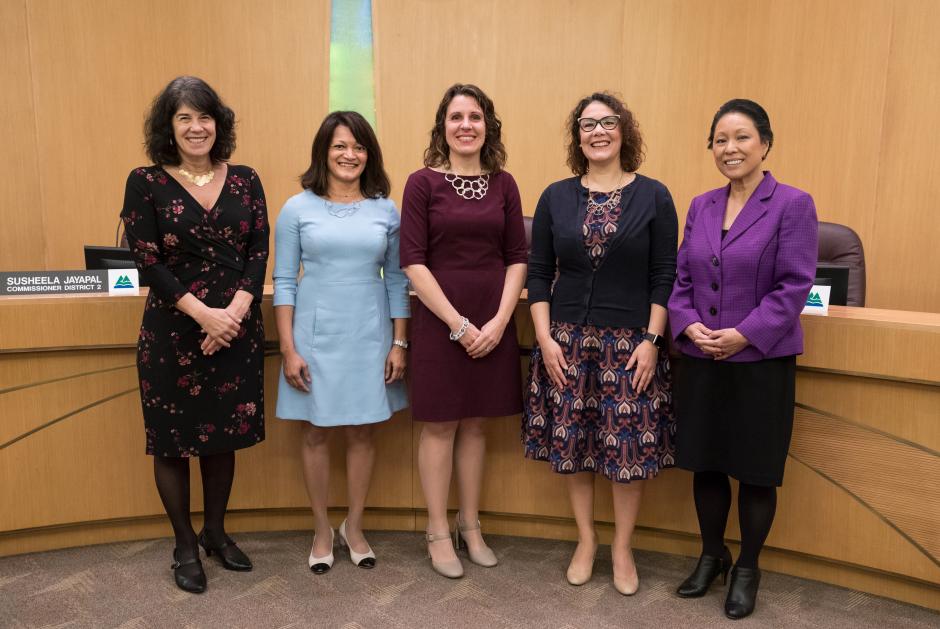
Heating and powering our homes and businesses generates a lot of our climate-changing pollution; our built environment is a major contributor to global warming. If our homes and buildings were carbon-free and energy efficient, we would significantly reduce our climate pollution, drastically cut energy costs for owners and renters, and improve air quality where we live and work.
For example, in both Oregon and Washington State, climate-worsening pollution from buildings are growing at a faster rate than any other source, with this increase largely attributable to the use of fossil gas in homes and buildings. Burning fossil gas in homes and buildings is not only a significant contributor to climate change, but also poses significant health risks for our communities, children, and other vulnerable populations.
Indoor air quality issues are particularly concentrated for low-income residents in smaller units with poor ventilation. Communities of color are already disproportionately impacted by outdoor air pollution, and should not continue to be disproportionately harmed by poor indoor air quality as well. Gas appliances also worsen our outdoor air quality. For example, California’s residential appliances releasing more than two times as many NOx emissions as all of their gas power plants combined, and commercial gas appliances releasing just as much NOx pollution as all of California’s cars.
States and many cities in the region and around the country are increasingly looking at ensuring all new buildings are electric as a key cost-effective pathway for achieving their local or state greenhouse emissions goals. Electrifying buildings is critical to addressing climate change, but it is also achievable, affordable, safe, and creates a more resilient energy system.
We are working with lawmakers and community partners to move rapidly toward electrifying our buildings for heating, cooling and cooking. We can also construct homes and buildings that get all their energy from sustainable sources, and even produce as much energy as they use — net zero energy buildings.

Living cleaner: why cities are shifting to all-electric buildings
We can make sure that our buildings are healthy and safe. A transition to all-electric will require our communities dispelling misinformation and speaking up for policies that move us off gas in an equitable and just way.

2021: Action time for climate in the Washington Legislature
Naysayers will claim that this is not the time for climate action in Washington, not with COVID, racial injustice, and economic recovery on the agenda. But we don’t need to choose between our major priorities: we can achieve climate progress, recover from COVID impacts, and fight systemic racism all at the same time.

The surprising economics behind going all-electric (hint, the numbers are pretty good)
So far our blog series on clean, all-electric buildings has shown how we can reduce our greenhouse gas emissions and improve our health and safety, but what about the economic impacts?

Urge Multnomah County to build 100% clean energy-powered libraries
Multnomah County voters recently approved $387 million in library construction bonds. Let's ensure this new building is 100% clean and fossil free.
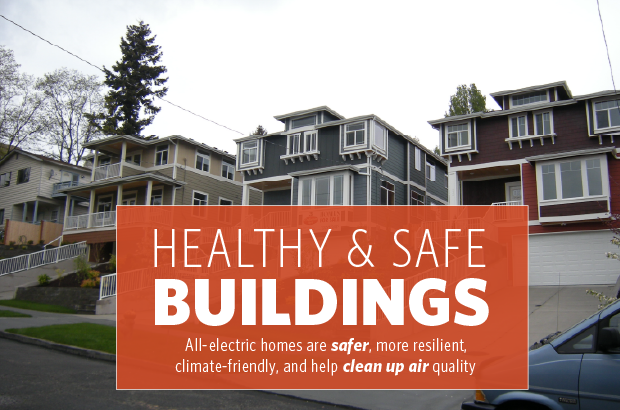
Pollution is coming… from inside the house
Washington and Oregon can do better to protect residents by creating clean, safe, all-electric buildings. In this second part of our blog series on all-electric buildings, we outline the health and safety risks of using gas, and detail how all-electric buildings can be the climate and health solution we need.

The Path Forward on Climate Change in the Northwest
Is there room for climate action in the coming year, given all our other challenges? You bet there is. (We're also looking back—read our Climate Action Report 2020!)
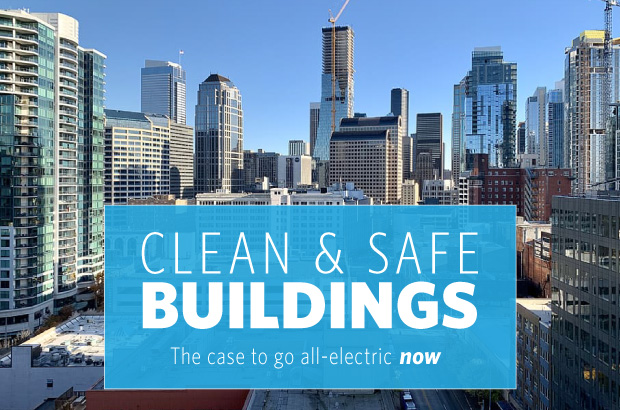
The case for clean, safe, and all-electric buildings
Washington and Oregon need to join the movement towards clean, safe, all-electric buildings—and we need to do it soon. Look out for more information on the case for all-electric buildings and the policy solutions that can get us there in the Northwest.
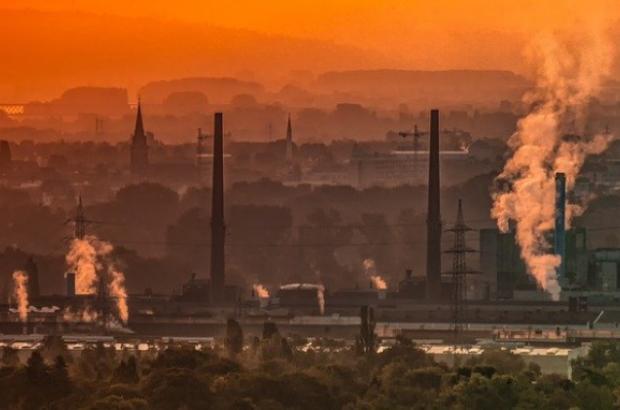
Cap-and-reduce: What’s at stake as DEQ kicks off program design
One major component of the Oregon Climate Action Plan is a directive for the state Department of Environmental Quality (DEQ) to set up a new program to “cap and reduce” climate-harming pollution from Oregon’s large polluters.
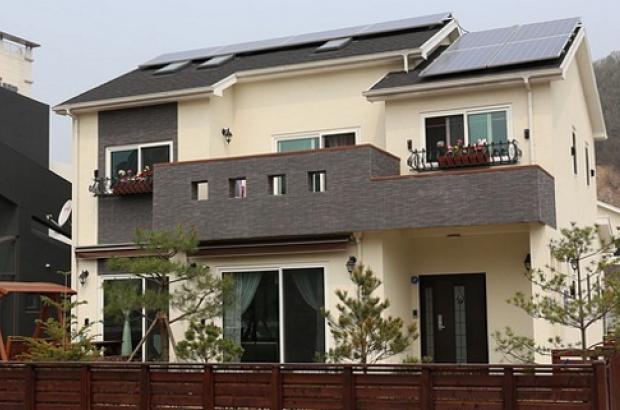
Clean, climate-friendly buildings can help Oregon build back better
We can rebuild and recover in a more just, clean, healthy, and smart way—while creating lots of high quality green jobs along the way. One of those climate-smart and equitable solutions to build back better than before is right in front of us, and all around us: our homes and other buildings.
Give for a brighter future
Connect
Join our email list to learn about what we do and how to get involved.


